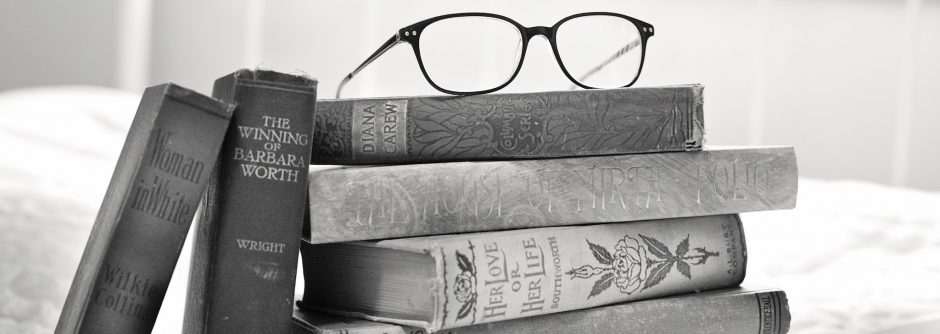The Wizard of Oz Coloring Book
By: Charles Santore
Rating: 4 of 5
This is another entry in the Classic Coloring books featuring the artwork of Charles Santore. The story is by L. Frank Baum and the illustrations are by Charles Santore. Along with the story and the designs, there are thumbnail color pictures from the storybook on the inside front and back covers. I really appreciate that as I can decide to follow the original colors or go my own way.
The book is a larger than standard format. The designs are mostly done in grayscale with a small amount of line drawings in most of the designs. That means that there is a heavy use of gray in the designs. It is meant to be colored over with lighter shades and provides shading which shows through the coloring medium.
It is set up in storybook style, with the text on the left hand side (back of preceding page) and the illustration to the right. Some mediums will bleed through the page or leave shadows of color (see below), which will interfere with the text.
This is what I found while coloring in the book and testing my coloring medium on the paper:
24 Wizard of Oz inspired designs by Charles Santore
Designs printed on one side of the page with storybook text on the back.
Paper is white, every so slightly rough to touch, medium weight and non-perforated
Glue Bound
Designs stop short of the binding and almost all have a framing line at the outer edges
Book opens easily to flat position for ease of coloring.
Alcohol-based markers bleed through the page
Water-based markers and India ink markers leave a slight colorful shadow on the back of the page.
Gel pens do not bleed through an left an indistinct shadow on the back of the page.
Colored pencils did well with this paper. I tested both oil and wax based pencils. I was easily able to get good pigment with multiple layers of the same color. I also was able to layer multiple colors and blend well using a blender stick.
